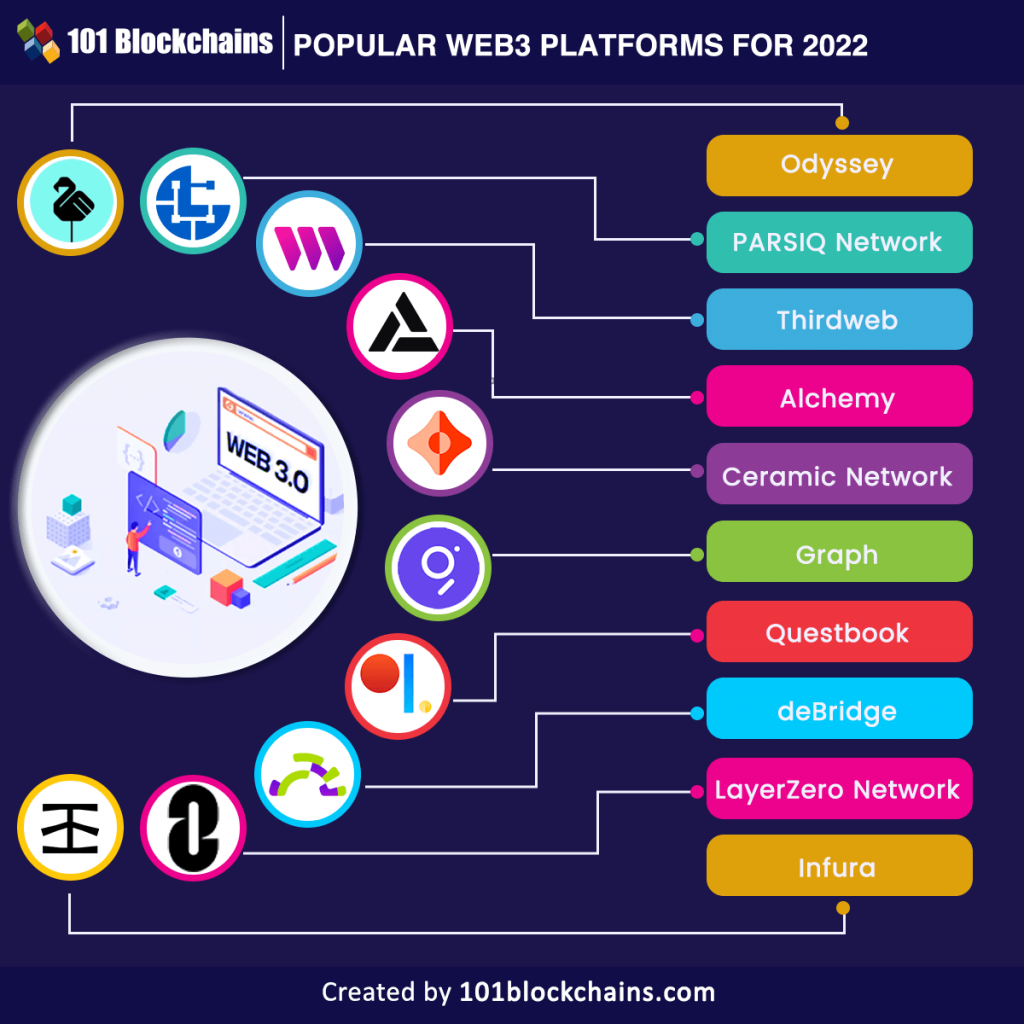
Understanding Smart Contracts: Your Beginner’s Guide to Self-Executing Digital Agreements
In an increasingly digital world, the way we conduct business, make agreements, and manage transactions is rapidly evolving. At the forefront of this revolution are smart contracts – a groundbreaking technology that’s reshaping industries and redefining trust. If you’ve heard the term but aren’t quite sure what it means, you’re in the right place.
This comprehensive guide will demystify smart contracts, explaining what they are, how they work, and why they’re poised to become an indispensable part of our future. Get ready to unlock the power of self-executing digital agreements!
What Exactly Is a Smart Contract? (The Vending Machine Analogy)
Imagine a traditional contract: two or more parties agree to terms, sign a document, and then rely on a legal system or a trusted third party (like a bank or lawyer) to ensure those terms are met. This process can be slow, expensive, and sometimes prone to disputes.
Now, imagine a vending machine. You put in the correct amount of money, select your desired snack, and automatically, the machine dispenses the item. There’s no need for a human intermediary to verify your payment or hand you the snack. The machine’s programming ensures the agreement (money in, snack out) is executed without fail.
A smart contract is essentially a digital version of that vending machine, but for agreements and transactions.
In simple terms, a smart contract is a self-executing agreement with the terms of the agreement directly written into lines of code. This code, along with the agreement itself, exists across a decentralized, distributed network called a blockchain.
Key Characteristics of Smart Contracts:
- Self-Executing: Once the pre-programmed conditions are met, the contract automatically executes its terms without any human intervention.
- Digital: They exist purely as code and data on a blockchain.
- Immutable: Once deployed on a blockchain, smart contracts cannot be changed or tampered with. This provides a high degree of security and trustworthiness.
- Transparent: Because they reside on a public blockchain, all participants can view the terms and execution of the contract (though identities can remain pseudonymous).
- Decentralized: They are not controlled by a single entity but by the network of computers (nodes) that maintain the blockchain.
How Do Smart Contracts Work? A Step-by-Step Breakdown
Understanding the mechanics of smart contracts is crucial to grasping their power. Here’s a simplified look at the process:
-
Agreement and Code Creation:
- First, the parties involved define the terms and conditions of their agreement, just like a traditional contract.
- These terms are then translated into code using specific programming languages designed for smart contracts (like Solidity for the Ethereum blockchain).
- The code specifies the "if-then" conditions. For example: "IF party A sends X amount of cryptocurrency to party B by date Y, THEN party B automatically releases Z digital asset to party A."
-
Deployment to the Blockchain:
- Once coded, the smart contract is deployed onto a chosen blockchain network (e.g., Ethereum, Binance Smart Chain, Cardano).
- When deployed, the contract is assigned a unique address on the blockchain, and its code becomes publicly visible and permanently stored.
-
Monitoring for Conditions:
- The smart contract continuously monitors the blockchain for the fulfillment of its pre-programmed conditions.
- For conditions that rely on external information (like stock prices, weather data, or the outcome of a sports game), smart contracts use "oracles." Oracles are secure third-party services that feed real-world data into the blockchain, allowing the smart contract to react to events outside its immediate network.
-
Automatic Execution:
- Once all the specified conditions are met and verified by the blockchain network’s nodes, the smart contract automatically executes its terms.
- This execution could involve releasing funds, transferring ownership of digital assets (like NFTs), sending notifications, or updating records.
-
Irreversible and Immutable Outcome:
- The outcome of the smart contract’s execution is irreversible and recorded on the blockchain’s distributed ledger. This record is permanent and cannot be altered, ensuring integrity and finality.
Think of it like this: Instead of relying on a judge or lawyer to enforce an agreement, the smart contract is the enforcement mechanism. It’s programmed to automatically carry out its duties when the defined criteria are met, removing the need for trust between parties or external mediation.
Why Are Smart Contracts Revolutionary? Unlocking Key Benefits
The ability to create self-executing, tamper-proof agreements brings a host of significant advantages:
-
1. Enhanced Trust & Transparency:
- No Intermediaries: Smart contracts eliminate the need for banks, lawyers, or other third parties to act as intermediaries. This reduces counterparty risk and builds trust directly into the system.
- Open and Verifiable: The code and the execution of smart contracts are visible on the public blockchain, providing transparency for all involved parties. You don’t have to trust someone’s word; you can verify the code.
-
2. Unparalleled Security:
- Immutable Records: Once a smart contract is deployed and executed, its record on the blockchain cannot be changed or deleted. This immutability makes them highly resistant to fraud and manipulation.
- Cryptographic Security: Blockchain technology itself is secured by advanced cryptography, making it extremely difficult for malicious actors to hack or alter transactions.
-
3. Streamlined Efficiency & Speed:
- Automation: Manual processes, paperwork, and human errors are significantly reduced or eliminated.
- Instantaneous Execution: Once conditions are met, contracts execute almost instantly, speeding up transactions that might otherwise take days or weeks.
-
4. Significant Cost Reduction:
- Lower Fees: By cutting out intermediaries, smart contracts reduce associated fees (legal fees, banking fees, administrative costs).
- Reduced Disputes: The clear, automated nature of smart contracts minimizes ambiguity, leading to fewer disputes and litigation costs.
-
5. Accuracy & Reliability:
- Error-Free Execution: Since they are code-based, smart contracts execute precisely as programmed, eliminating human error in processing or interpretation.
- Reliable Data: When combined with reliable oracles, smart contracts can react accurately to real-world events.
Real-World Applications & Use Cases: Where Smart Contracts Shine
The potential applications of smart contracts are vast and continue to expand across numerous industries. Here are just a few examples:
-
1. Decentralized Finance (DeFi):
- Lending & Borrowing: Platforms allow users to lend or borrow cryptocurrency without traditional banks, with interest rates and collateral managed by smart contracts.
- Automated Market Makers (AMMs): Smart contracts facilitate automated trading of cryptocurrencies on decentralized exchanges.
- Stablecoins: Smart contracts can peg the value of a cryptocurrency to a fiat currency (like the USD) by managing reserves.
-
2. Supply Chain Management:
- Tracking & Provenance: Smart contracts can record every step of a product’s journey from origin to consumer, ensuring transparency and authenticity. Payments can be released automatically upon delivery or inspection.
- Automated Payments: Payments to suppliers can be triggered automatically when goods reach specific checkpoints or quality standards are met.
-
3. Real Estate:
- Automated Property Transfers: Smart contracts could potentially automate parts of property title transfers, releasing funds to sellers once all conditions (e.g., successful inspection, clear title) are met.
- Fractional Ownership: Enable the digital representation and trading of fractional ownership in properties.
-
4. Insurance:
- Automated Claims Payouts: For simple, verifiable claims (e.g., flight delay insurance, crop insurance based on weather data), smart contracts can automatically disburse payouts once the conditions are met, without human review.
-
5. Healthcare:
- Secure Data Sharing: Patients could grant specific smart contracts access to their medical records for research or treatment, ensuring privacy and control.
- Automated Payments: Facilitate secure and transparent payments between patients, providers, and insurers.
-
6. Gaming & NFTs (Non-Fungible Tokens):
- Digital Asset Ownership: Smart contracts are fundamental to NFTs, proving unique ownership of digital art, collectibles, or in-game items.
- Royalty Payments: Artists or creators can program smart contracts to automatically receive a percentage of future sales of their NFTs.
-
7. Government & Public Services:
- Secure Voting Systems: Smart contracts could create highly transparent and tamper-proof voting systems.
- Digital Identity: Manage and verify digital identities securely.
The Technology Behind Smart Contracts: A Glimpse
While you don’t need to be a programmer to understand smart contracts, it helps to know a little about the underlying technology:
- Blockchain: The foundational technology. Smart contracts are stored and executed on a blockchain, which acts as a decentralized, immutable, and transparent ledger. The most widely used blockchain for smart contracts is Ethereum, but many others support them.
- Programming Languages: Smart contracts are written in specific programming languages. For Ethereum, the primary language is Solidity. Other blockchains use languages like Rust (for Solana) or Vyper (another for Ethereum).
- Gas Fees: When you interact with a smart contract on a blockchain like Ethereum, you typically pay a transaction fee called "gas." This fee compensates the network’s validators (miners) for the computational power required to execute the contract and secure the network.
Challenges and Limitations to Consider
While smart contracts offer immense potential, they are not without their challenges:
-
1. Code Vulnerabilities & Bugs:
- Smart contracts are code, and code can have bugs or security flaws. Once deployed, these flaws are extremely difficult, if not impossible, to fix due to immutability. A single bug can lead to significant financial losses.
- Mitigation: Rigorous auditing, formal verification, and robust testing are crucial.
-
2. Legal & Regulatory Uncertainty:
- The legal status of smart contracts varies widely across jurisdictions. Issues like enforceability, liability, and dispute resolution in a decentralized environment are still being defined.
-
3. Scalability Issues:
- Some blockchains (like Ethereum 1.0) can process a limited number of transactions per second, which can lead to network congestion and high gas fees, especially during peak demand.
- Mitigation: Layer 2 solutions, sharding, and alternative consensus mechanisms are being developed to address this.
-
4. Oracle Reliability:
- Smart contracts are only as good as the data they receive. If an oracle provides incorrect or manipulated data, the smart contract will execute based on that flawed information, leading to unintended consequences.
- Mitigation: Decentralized oracles (like Chainlink) aim to improve data reliability and security.
-
5. Immutability (Double-Edged Sword):
- While immutability is a core strength, it also means that once a contract is deployed, it cannot be changed. If an error is discovered or the parties want to amend terms, a new contract must be deployed, which can be complex.
The Future of Smart Contracts: A Glimpse Ahead
Despite the challenges, the trajectory of smart contracts is unequivocally upward. As blockchain technology matures and becomes more accessible, we can expect:
- Wider Adoption: Smart contracts will move beyond the crypto native space and become integrated into more traditional industries and everyday applications.
- Improved User Experience: Tools and platforms will become more user-friendly, allowing non-programmers to create and deploy smart contracts with greater ease.
- Enhanced Interoperability: Different blockchains will become better at communicating with each other, allowing smart contracts to interact seamlessly across various networks.
- Legal Clarity: Regulatory frameworks will evolve to provide clearer guidelines for the use and enforcement of smart contracts.
- Integration with Web3: Smart contracts are a cornerstone of Web3, the next generation of the internet, powering decentralized applications (dApps) and enabling a more open, user-centric online experience.
Conclusion: Embracing the Digital Agreement Revolution
Smart contracts are far more than just a technological novelty; they represent a fundamental shift in how we conceive of and execute agreements. By embedding trust, transparency, and automation directly into the core of transactions, they offer a powerful solution to many of the inefficiencies and vulnerabilities of traditional systems.
While still evolving, the underlying principles of smart contracts – self-execution, immutability, and decentralization – are setting the stage for a future where agreements are more reliable, efficient, and accessible for everyone. As you navigate the exciting landscape of blockchain and Web3, understanding smart contracts is no longer just an advantage; it’s a necessity. Get ready to witness and participate in the digital agreement revolution!



Post Comment